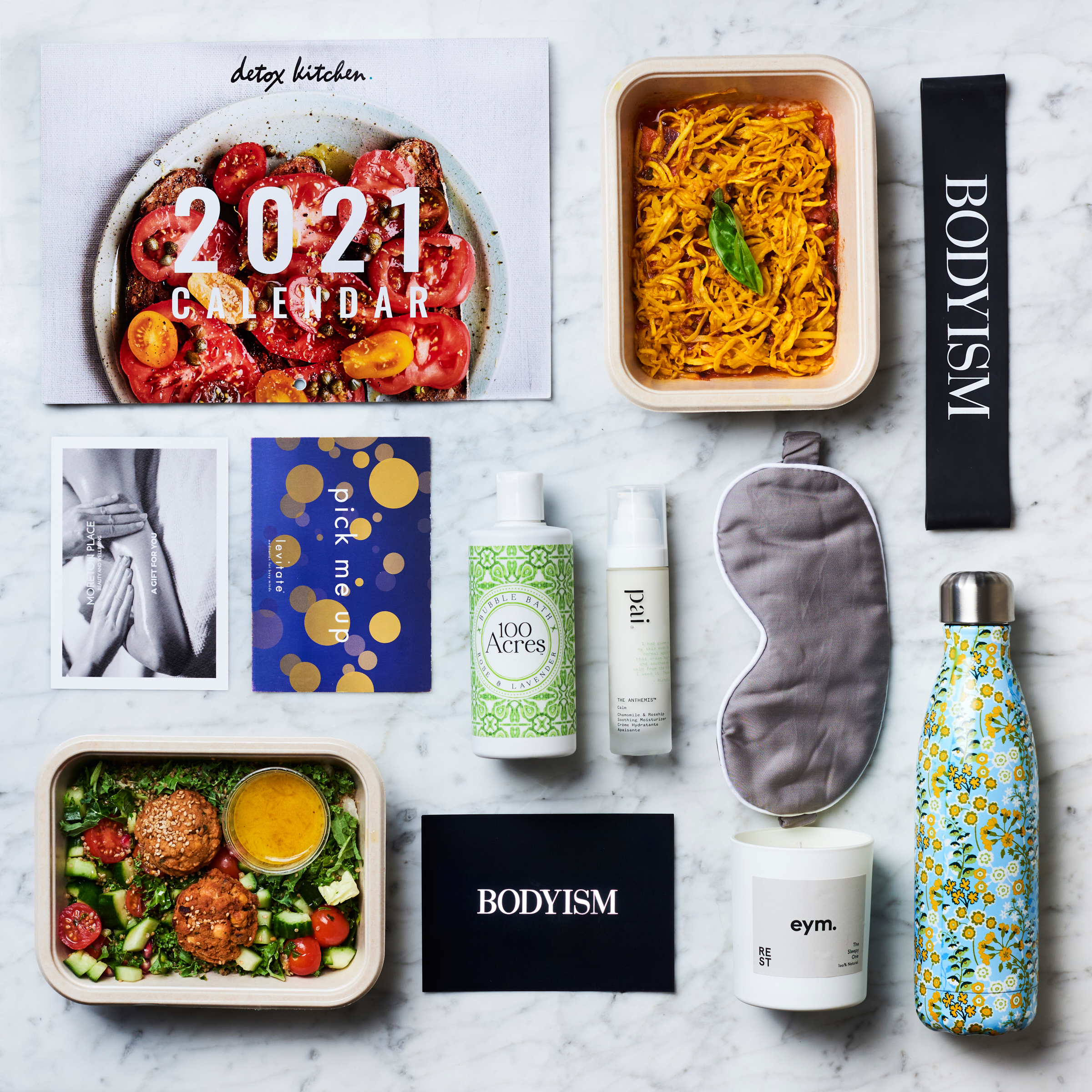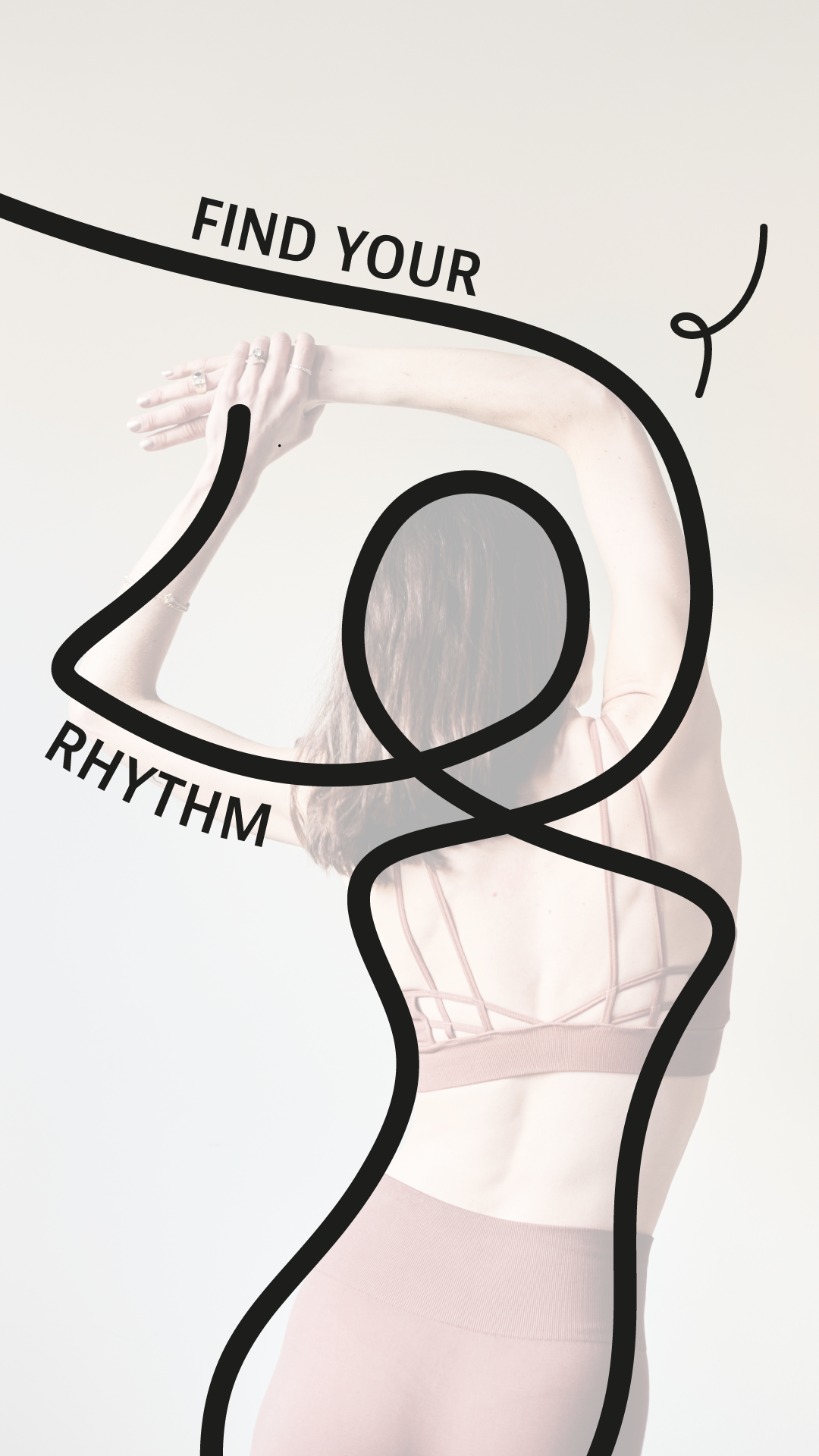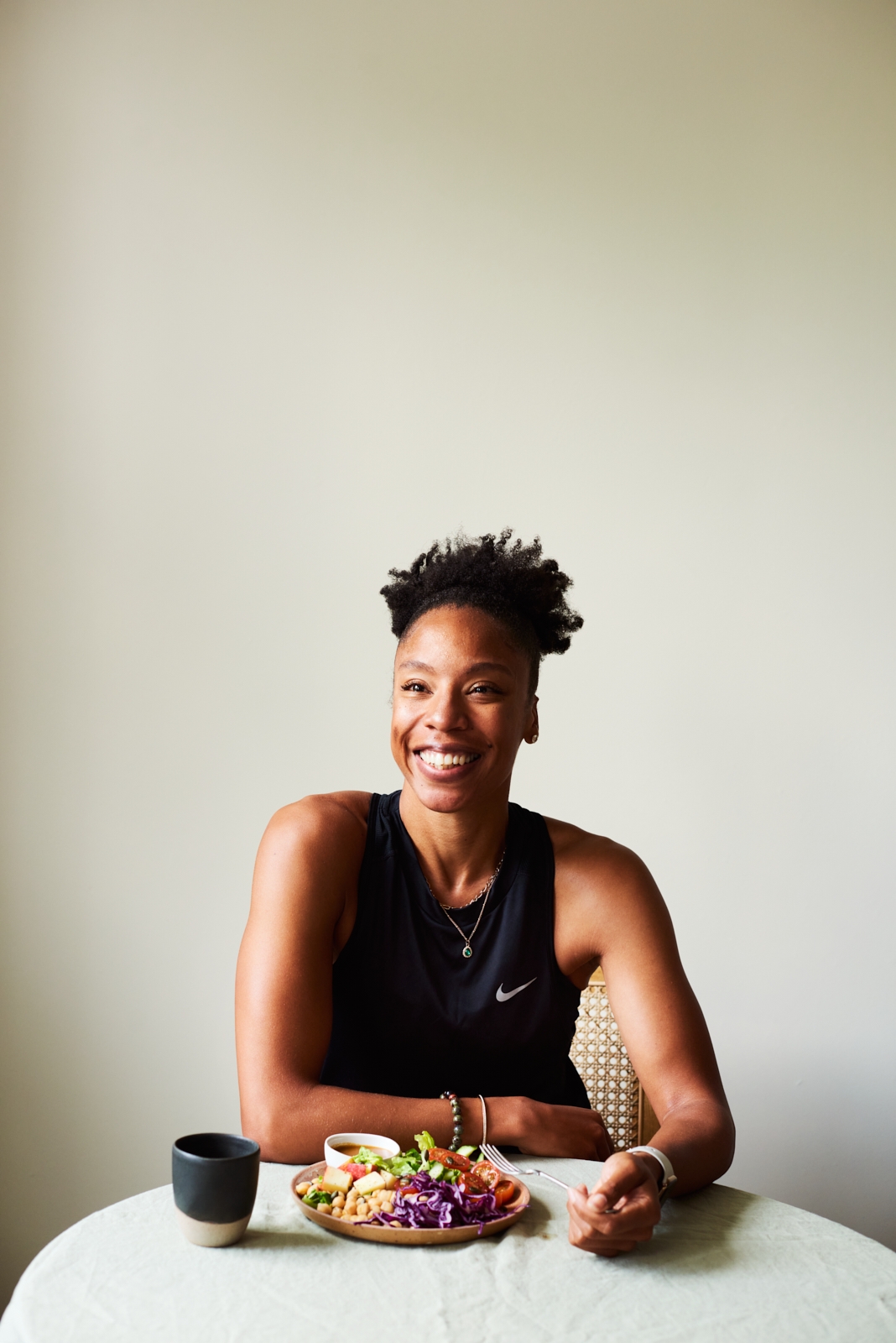14 Jan, 2021
Bodyism's Guide to Workout Nutrition
Given the amount of lengthy and contradictory information available online, you’d be forgiven for feeling somewhat confused about what to eat before and after your workouts. Its’ this confusion around nutrition that often leads to poor food choices, resulting in lacklustre workouts and insufficient recovery. But knowing how to fuel your body needn’t be confusing.
FitnessFood is more than fuel and with the right choices, you can control your energy levels, get the most out of your workouts, recover faster and end workouts feeling energised rather than exhausted. By keeping it simple you won’t find yourself crippled over with a stitch and you will be less inclined to over-eat afterwards. So where should you start? Our food decisions directly shape our performance, therefore the main factor that needs to be considered is your workout type.
Let’s begin with your pre-workout.
Whilst some might thrive on fasted cardio or coffee-loaded workouts, for others it will leave them experiencing heart palpitations, feeling sluggish, becoming nauseous, or for the lucky ones - a mixture of all three. It is time to throw out the artificial, high caffeine fat burners and start focusing on real foods and natural supplements.
For endurance based, lower intensity training (such as swimming, running, cycling) the body thrives on consuming healthy fats, in particular unsaturated fats. As the body’s glycogen stores deplete throughout the workout the body begins to make use of the muscle-stored triglycerides (otherwise known as fatty acids) - sounds confusing but essentially the body uses the energy converted from carbohydrates firstly and then once that runs out it uses the energy from fats.
Nuts such as almonds, walnuts and brazil nuts along with avocados, fish and pumpkin and sesame seeds are all great sources of unsaturated fat that make for great pre-workout meals or snacks; just try to consume them at least half an hour prior to your workout beginning as fats can be hard to digest and you don’t want to be left doubled over with a stitch.
When it comes to high intensity or strength workouts however, the body recruits our ‘fast twitch muscle fibres’ which use glycogen as the main source of energy. As these workouts are often shorter in duration and require short bursts of energy the glycogen stores don’t deplete, therefore carbohydrates are the best choice of pre-workout nutrition. Complex carbohydrates such as brown and wild rice, berries, fibre rich vegetables which include broccoli and leafy greens, sweet potatoes and oats are all great options.
Which brings us on to your post workout nutrition...
There are lots of bars disguised as protein-filled snacks to re-fuel the body post workout but these options, whilst convenient, are often high in calories and high in sugar that will leave you experiencing blood sugar spikes and huge energy slumps. Once again, we want to focus on whole foods as it’s important to fuel your body correctly post workout so that you can recover faster ahead of your next session.
You may have heard of amino acids and wondered what they are and how to incorporate them into your diet. Amino acids make up proteins that are found in food and are the building blocks for tissue repair, making protein the key component of your post workout meal. BCAA’s, which are three of the nine essential amino acids found in protein can be taken in supplement form to further support your training and immune system by supporting muscle growth and preventing fatigue. It’s recommended to have these before and during the workout, however for general health and physical support you can take them at different points throughout the day even on rest days.
On training day try to have a protein source within 2 hours of training to stop your body turning catabolic (eating its own muscle). Good protein sources include eggs, tofu, fish, and chia seeds which are also rich in healthy fats; or if you prefer a leaner protein option then you could include chicken, pea protein or egg whites into your post workout meal.
Second to protein comes carbohydrates. Eating carbohydrates around your workout will help support glycogen stores and prevent over training, especially if you are doing lots of high intensity interval training. Carbohydrates that incorporate protein include corn, tofu, quinoa and legumes such as peas, lentils and chickpeas. Alternatively, you could add brown or wild rice or a mixture of starchy and non-starchy vegetables to your protein of choice for a well-rounded post workout meal.
With a little planning, you could find yourself performing better and feeling energised within a day! However, if you are pushed for time and struggling to manage your meals then there are some easy options to get you started.
HIGH CARB PRE-WORKOUT SHAKE:
- Large cup coconut water & ice
- Handful frozen berries
- Bodyism ‘berry burn’ supplement
- 1 tsp ginger powder
HIGH FAT PRE-WORKOUT SHAKE:
- Large cup unsweetened almond milk & ice
- 1-2 scoops Bodyism’s vanilla “protein excellence”
- ½ avocado
- 1-2 tbsp chia seeds
POST-WORKOUT SHAKE:
- Large cup of coconut water & ice
- 1-2 scoops Bodyism’s vanilla “protein excellence”
- ½ banana
- Large handful spinach
- 1-2 tbsp chia seeds
-
Bodyism have partnered with us on our Ultimate Reset Programme - a 20-day plan to help you discover how to listen to your body, to treat it well, and enjoy feeling good. Find out more, here.




